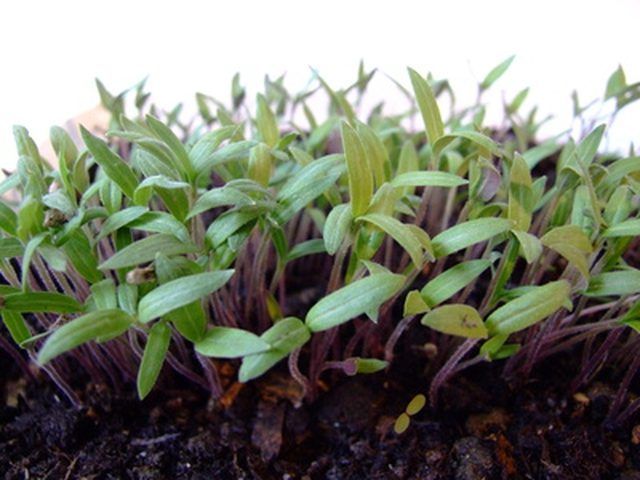Bulbs
Flower Basics
Flower Beds & Specialty Gardens
Flower Garden
Garden Furniture
Garden Gnomes
Garden Seeds
Garden Sheds
Garden Statues
Garden Tools & Supplies
Gardening Basics
Green & Organic
Groundcovers & Vines
Growing Annuals
Growing Basil
Growing Beans
Growing Berries
Growing Blueberries
Growing Cactus
Growing Corn
Growing Cotton
Growing Edibles
Growing Flowers
Growing Garlic
Growing Grapes
Growing Grass
Growing Herbs
Growing Jasmine
Growing Mint
Growing Mushrooms
Orchids
Growing Peanuts
Growing Perennials
Growing Plants
Growing Rosemary
Growing Roses
Growing Strawberries
Growing Sunflowers
Growing Thyme
Growing Tomatoes
Growing Tulips
Growing Vegetables
Herb Basics
Herb Garden
Indoor Growing
Landscaping Basics
Landscaping Patios
Landscaping Plants
Landscaping Shrubs
Landscaping Trees
Landscaping Walks & Pathways
Lawn Basics
Lawn Maintenance
Lawn Mowers
Lawn Ornaments
Lawn Planting
Lawn Tools
Outdoor Growing
Overall Landscape Planning
Pests, Weeds & Problems
Plant Basics
Rock Garden
Rose Garden
Shrubs
Soil
Specialty Gardens
Trees
Vegetable Garden
Yard Maintenance
Why Vegetable Plants are Spindly
Why Vegetable Plants are Spindly. Whether you've grown vegetable plants yourself or are shopping for bedding plants from a nursery, the best candidates are compact, bushy and leafy. Sometimes, however, you will find plants with long, pale stems, fewer leaves and a sparse, floppy appearance. There are several reasons that seedlings and plants become...

Whether you've grown vegetable plants yourself or are shopping for bedding plants from a nursery, the best candidates are compact, bushy and leafy. Sometimes, however, you will find plants with long, pale stems, fewer leaves and a sparse, floppy appearance. There are several reasons that seedlings and plants become spindly--or "leggy," as gardeners call it--and these have to do with the growing conditions when the plant was just a sprout.
Too Little Light
Insufficient light is the most common reason for leggy vegetable plants. Sprouting seeds need light and if there isn't enough they will stretch to find it. This emphasis on long stems weakens the plant and depletes it of the energy needed to make leaves and, later, vegetables.
The Wrong Light
If the plants were started indoors, artificial lighting may not have provided the light spectrum that plants need to develop properly. Even bright incandescent lights may not be enough. Fluorescent lights and "grow lamps" (bulbs made to emit a range of light rays similar to the sun's) are available for indoor use but sunlight is best, even if it's just a sunny windowsill in the kitchen.
One-Sided Light
Even if a plant is receiving full sunlight, it will become leggy if the light is coming from only one direction. For plants growing in windowsills this can be avoided by turning the plant 90 degrees each day so that the stems don't become long and curved by trying to stretch toward the light.
Crowding
If plants are too close together they will compete with one another for light even if they are planted in full sunlight, resulting in a spindly appearance. This will also happen to properly spaced vegetable plants that are shaded by trees, bushes or other, taller plants between them and the sun. To avoid this you should pay close attention to a variety's light requirements and the spacing advice on the planting instructions.
Too Much Heat
Some commercial nurseries start seeds in heated propagators, which are covered grow trays that encourage sprouting by constant, gentle heat. If the new seedlings aren't removed from the propagators as soon as the sprouts emerge, the continued heat can cause the new plants to grow at an accelerated rate, which leads to a spindly, leggy plant.